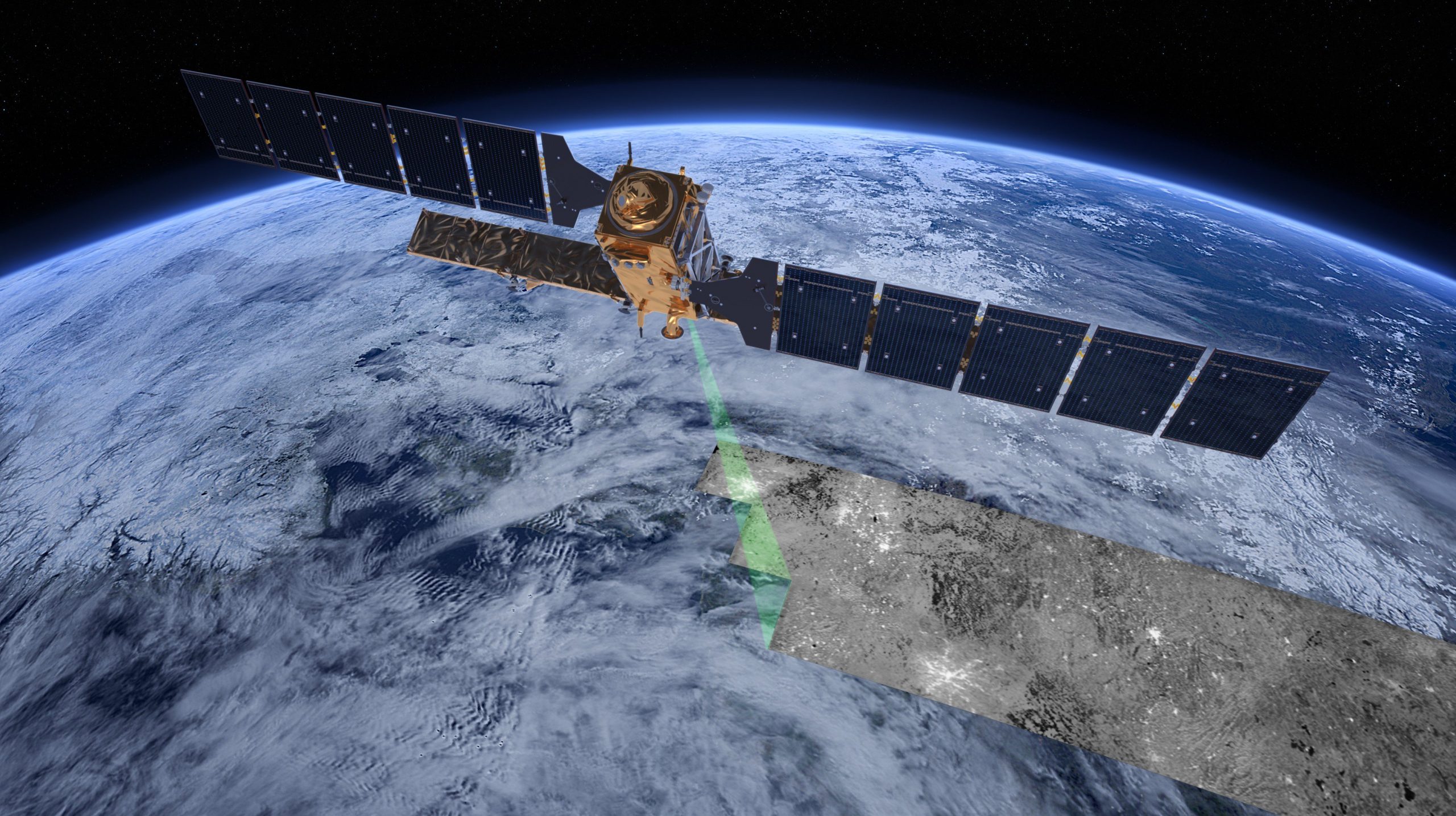After Galileo, ESA could also launch Copernicus with SpaceX

ESA and the European Commission are evaluating the American company SpaceX's Falcon 9 rocket as a backup launch option for Sentinel-1C, the Copernicus Earth observation satellite, currently scheduled to launch on Vega C
In addition to the European Galileo navigation satellites, the US SpaceX could also launch a Copernicus Earth observation satellite.
This is what Spacenews reports, quoting Simonetta Cheli, director of Earth Observation at the European Space Agency (ESA), who stated that the agency and the European Commission will decide in the near future whether to transfer the Sentinel-1C radar imaging satellite from Vega C (the updated version of the European Vega launcher made by Avio in the Italian Colleferro factories) to Falcon 9, in the ESA press conference on 11 January.
Copernicus is the European program for satellite observation of the Earth. This is a fleet of six types of satellites, called Sentinels, specialized in specific applications, owned by the EU.
Europe could move the launch of SpaceX's rocket to avoid further delays in putting it into orbit, Spacenews points out. ESA, Cheli explained, is providing information to the European Commission "in terms of options for the launch" of the spacecraft. “The Commission is evaluating all elements and in the coming days and weeks we will make a final decision considering a backup option for the Falcon 9.”
For the first time in decades, the Old Continent does not have a launcher to bring its satellites into orbit. In addition to the withdrawal of Ariane 5 after the last flight last July, Ariane 6 has suffered delays and the debut is set for next year while Vega remained stuck on the launch pad following the failure of the first commercial flight of Vega C.
Due to delays and problems with the smaller Vega-C, Europe had to use SpaceX to send some of its most important satellites into orbit.
All the details.
WHAT IS COPERNICUS
The satellites of the Copernicus fleet are designed to provide and collect data and images. Pairs 1, 2 and 3 have already been launched. Then there is the single Sentinel-5 Precursor satellite for monitoring the atmosphere launched on 13 October 2017. The European Commission directs and coordinates this program, to improve environmental management, safeguarding everyday life. The European Space Agency (ESA) is responsible for the space component, responsible for developing the Sentinel satellite family on behalf of the European Union and ensuring data flow for Copernicus services.
Sentinel operations are entrusted to ESA and the European organization for the use of meteorological satellites Eumetsat.
COMPANIES INVOLVED IN THE ESA PROGRAM
The construction of the Sentinels was assigned to the main European companies: the Franco-Italian company Thales Alenia Space created Sentinel-1 and Sentinel-3, while the German Astrium was entrusted with Sentinel-2. The three pairs of satellites were launched between 2014 and 2018 and are operational.
In April 2022, ESA announced that the Sentinel-1C radar satellite would be launched on Vega C in 2023, although there was discussion of bringing the launch forward to the end of 2022. But as mentioned, Vega C is forced to the ground by December 2022.
THE COPERNICUS LAUNCH PROGRAM BETWEEN VEGA AND SPACEX'S FALCON 9
During the briefing, Toni Tolker-Nielsen, ESA's director of space transport, said that Vega C's return to flight is currently scheduled for mid-November, but suggested that it could be delayed by a month: “It should be at least by end of year. We're pretty sure about it,” Spacenews reports.
Moving Sentinel-1C to the Falcon 9 could allow for an earlier launch, although ESA officials present at the briefing did not estimate by how much. “There is a need to launch Sentinel-1C as soon as possible to meet the needs of community users,” Cheli said.
ESA RELYS ON SPACEX
On the other hand, as already mentioned, it would not be the first time that ESA relies on Elon Musk's aerospace company to bring its missions into orbit. Already last year, ESA turned to SpaceX to launch its Euclid space telescope to detect evidence of dark matter in the universe .
For 2023, ESA and the European Commission already have four Falcon 9 launches scheduled this year: The launch of the EarthCARE scientific mission set for May and that of the Hera mission for October. Furthermore, last November the European executive announced that it was finalizing a contract with SpaceX for the launch of two pairs of Galileo navigation satellites on Falcon 9 rockets, tentatively scheduled for April and July. The Galileo system is fundamental for Europe, as it makes it independent from the global positioning system (GPS) of the United States and from the satellite navigation systems of Russia and China. The service has been active since 2016, but additional satellites are needed to strengthen the existing network.
But this “pitcher crisis” should soon be coming to an end for Europe. Ariane 6 is expected to debut between mid-June and the end of July, along with Vega C returning to flight later this year.
In the press conference, ESA director general Josef Aschbacher said that: "This year will be much better." “We will restore access to space.”
This is a machine translation from Italian language of a post published on Start Magazine at the URL https://www.startmag.it/innovazione/dopo-galileo-lesa-potrebbe-lanciare-anche-copernicus-con-spacex/ on Mon, 15 Jan 2024 09:52:16 +0000.
